What kind of water tastes best for coffee? The answer is here.
Study on Water quality that shocked the Coffee Industry
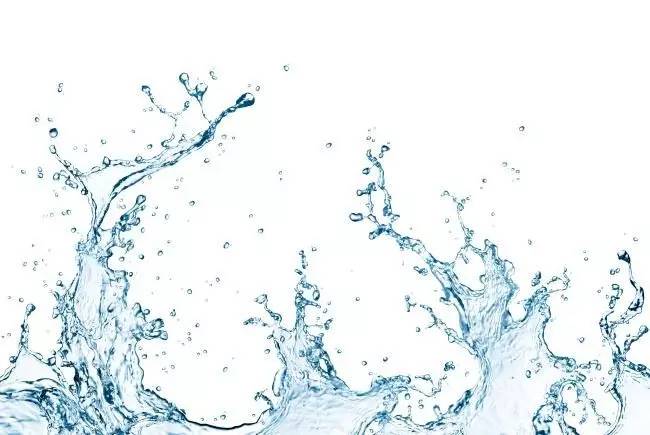
Water is an important element in the extraction of coffee, a cup of brewed coffee (except espresso), of which more than 98% is water, accounting for a considerable proportion. There are many kinds of water we use to make coffee, such as RO water, tap water, mineral water, hard water and soft water. Wait, wait.
Isn't water just water? why are there so many kinds?
What effect will different kinds of water have on coffee extraction?
Isn't it good to make coffee in pure water?
There are minerals in the water, okay?
What is the scientific theory in this?
In recent years, more and more people in the coffee industry have begun to pay attention to the problem of "water". Before that, the only book that had the most complete discussion of coffee water was Water Quality, published by the American Fine Coffee Association SCAA, which is a classic in the coffee industry, but in the part discussing the effects of minerals in water and brewing, most of its references came from Coffee BrewingCenter publications in the 1960s and 1970s, but there were few innovative views in the literature afterwards. Until these two years, a duo has made a new discovery on water quality through scientific research, which has shocked the coffee industry. I will introduce it to you in this column.

In 2014, Christopher Hendon, a postgraduate student at Centre for Sustainable Chemical Technologies at the University of Bath in the UK, and Maxwell Colonna-Dashwood, a local cafe owner, published an article on cationic and coffee extraction on Journal of Agriculturaland Food Chemistry entitled "TheRole of Dissolved Cations in Coffee Extraction", which opened the prelude to discussing the ideal water for brewing coffee.

(Maxwell and Christopher/ photo source network)
▼
Effect of Ions in Water on extraction of Flavor substances
In this paper, the author selected three common cations in water: sodium ion, calcium ion and magnesium ion, and began to analyze the effect of these ions on the extraction of coffee flavor substances. First, the author selected seven chemicals, including lactic acid, malic acid, citric acid, quinic acid, chlorogenic acid, caffeine and eugenol, to represent the flavor of coffee. Lactic acid and malic acid represent sour, citric acid represents sweet, quinic acid and chlorogenic acid represent pungent and unpalatable flavor of coffee, and eugenol (eugenol, also found in coffee whisky and red wine) represents pleasant woody flavor. Then thermodynamic method is used to calculate the relative binding energy (Relative Binding Energy) of sodium, calcium, magnesium and water to the above seven coffee ingredients, which can be used as the index of extraction.
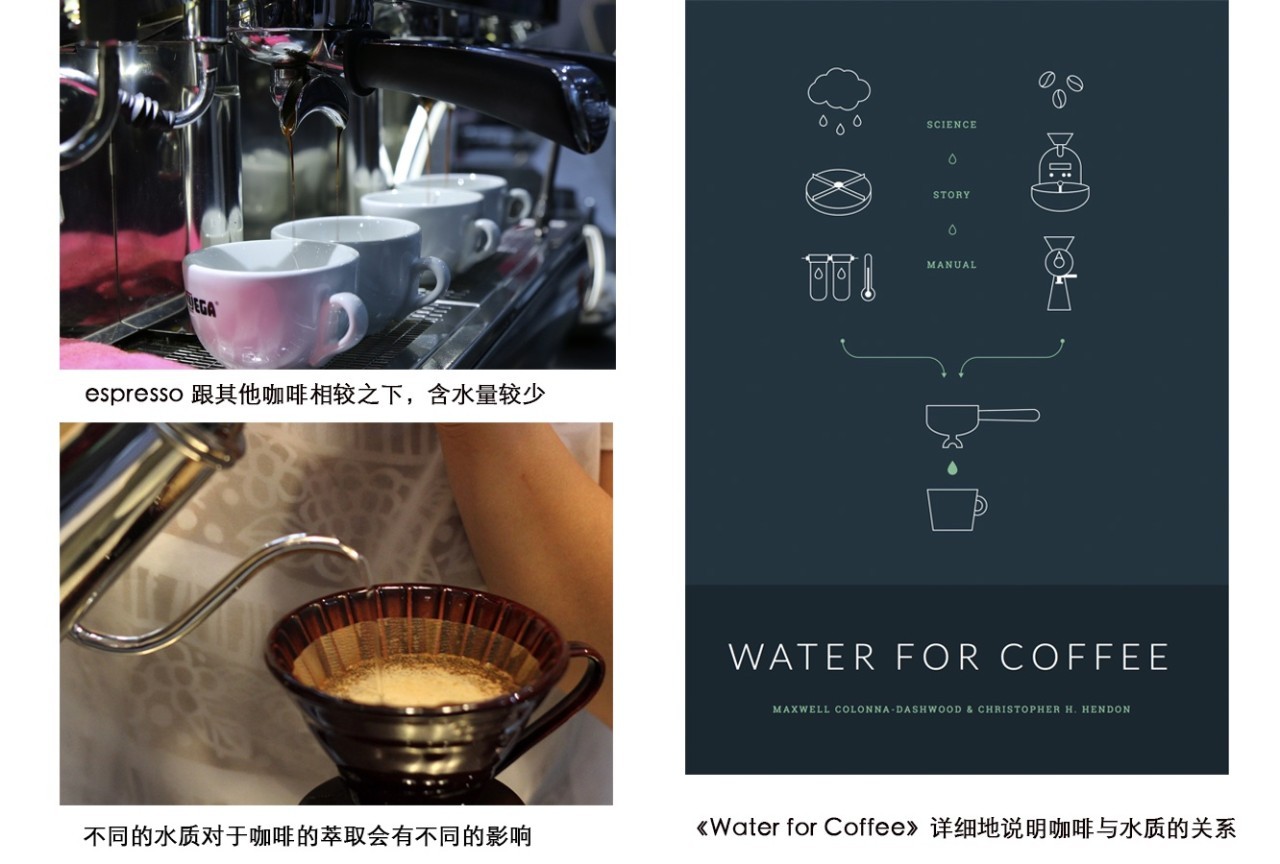
In the paper, they found that sodium ions have the same relative binding energy as water in selected coffee ingredients, which means that the presence of sodium ions does not affect the binding of water to these substances. they even found that sodium ions seemed to bind caffeine and syringic acid less than water. Therefore, the author thinks that the common resin exchanging calcium ion with sodium ion on the market at most is to reduce the production of scale and is not very helpful to the extraction of flavor. Even the water rich in sodium ions after ion exchange will affect the extraction of some flavors (such as caffeine and eugenol). As for bivalent metal ions (i.e. calcium ions and magnesium ions), the binding ability of selected coffee flavor components is better than sodium ions, but also better than water. This means that when these two minerals are present in water, coffee flavor components tend to combine with them, thus increasing the extraction.
▼
Analysis of advantages and disadvantages of ion characteristics
If we compare it further, the binding force of magnesium ion is better than that of calcium ion. It is worth noting that these divalent cations can increase coffee extraction is comprehensive, including unpleasant flavors (such as chlorogenic acid and quinic acid selected in this article), and substances with shallow medicinal properties (such as chlorogenic acid has antioxidant effect and caffeine has the effect of stimulating nervous and gastrointestinal system), so there are health considerations in the selection, which may require a little attention.

Although both calcium and magnesium have good extraction ability, excessive calcium ions in water often combine with hydrogen carbonate in water to cause Scale, which affects hot water equipment, so it seems to be a better choice to use magnesium ions. The article also mentioned that, for example, in brewing instant coffee, in order to achieve the highest dissolution and extraction, the use of water containing magnesium ion is an ideal choice; if brewing light roasted coffee, the ability of calcium ion is equal to that of magnesium ion. After the publication of this paper, it immediately aroused people's curiosity about magnesium ion, and began to pursue the method of adding magnesium ion to the water, and then some companies began to introduce magnesium ion filter or exchange resin for players to try.
Instead of changing the water quality, it is better to modify the extraction by adjusting the baking method.
▼
In-depth analysis of coffee and water
Following the publication of their 2014 paper, they took advantage of the success and published a special book on coffee and water, called Water for Coffee, at the end of 2015. This book is based on the previous publication, and the buffer system that has not been discussed in the paper is also explained in detail. the content is quite full and complete, providing a good reference for the coffee industry. The following is a brief outline of the content.
This book can be divided into three parts. the first part belongs to popular science knowledge. the author starts with the birth of Pangu's epoch-making universe and the periodic table of matter, and introduces some commonly used chemical terms and their scientific units. for follow-up discussion. After that, we began to discuss the relationship between the liquid, steam and solid phases of water and temperature and pressure, the four laws of thermodynamics and other physical properties of water, as well as the chemical composition and structure of water, what are polarity and non-polarity, the generation of hydrogen bonds and the relationship between water and polar and non-polar molecules, and to look at the dissolution of matter from the perspective of thermodynamics, telling us the scientific theoretical basis of matter dissolving in water. Then we talk about the dissociation constant and pH value of water, the definition of acid and base, conjugated base and buffer solution, carbonate hardness (Carbonate Hardness,KH) of water, and the concept of total hardness (General Hardness,GH).

From the perspective of architecture, the author should be ambitious to make a complete introduction to water based on the four indicators indicated in the current SCAA recommendation "water for brewing standard": TDS (Total Dissolved Solids), pH value, Calcium Hardness (calcium hardness), and total alkalinity (total alkalinity). And they also put forward their own version (such as the revision of Calcium Hardness to General Hardness and the change of the word Total alkalinity to Karbonate Hardness), which also laid out the theoretical basis for the following content.
Some of my friends gave up their weapons when they turned to the first part because they felt that the content was too chemical. In fact, we all came into contact with these chemistry when we were at school, perhaps because the interval was too long. But please don't give up so early, because good wine sinks to the bottom of the urn!
▼
Exploration of Water quality Filtration, hardness and Acid-Base
The second part begins with an introduction to several current methods for the measurement of minerals in water, such as titration, TDS measurement, and laboratory-level atomic absorption spectrometry (AA) and inductively coupled plasma mass spectrometer (ICPMS). Then we talk about the common ways of water filtration: from the activated carbon filter to the principle of cation exchange resin and its effect on water quality, as well as the principle of reverse osmosis. It is worth mentioning that in foreign countries, even if reverse osmosis is used, it seems that they seldom drink pure water directly. They usually backfill part of the high concentration of ion wastewater into pure water to slightly replenish minerals. In Taiwan, pure water is mostly filtered through the Maifan stone to increase the mineral content, the two are slightly different.
Then the third part begins to be interesting. First of all, in the part of implementation, the author takes magnesium ion and calcium ion as examples to teach you how to make different total hardness (General Hardness, GH), carbonate hardness (CarbonateHardness,KH) and adjust pH value, and even tell you how to go online to buy the drugs and prices you need. If interested friends want to try out the different kinds of ions and concentrations in the water, what are the characteristics of brewing coffee flavor? It is suggested that it can be modulated with reference to the recommended concentration in SCAA's "water for brewing standard" as a starting point for exploration.
The next step is to discuss the relationship between the three factors that the author believes affect the extraction: calcium ion, magnesium ion and carbonate buffer system (bicarbonate buffer system). It is interesting to find that they seem to perceive that the publication of magnesium ion has a better binding ability may mislead the reader, after all, calcium ion also has a considerable degree. So the authors add that they prefer to emphasize the effect of the composition of water on the extraction, rather than just a single ion. They return to the concept of total hardness GH (magnesium and calcium ions are viewed together). After all, finding a source of water rich in magnesium in nature is as difficult as finding deionized water in nature. In addition, they asked 14 people to blindly test coffee brewed with calcium or magnesium ions, and the difference was minimal.
In addition, there are many synonyms in carbonate buffering system, such as Alkalinity (total alkalinity), Karbonate (carbonate), Hardness (carbonate hardness), temporary Hardness (temporary hardness) and so on. The author strongly recommends against using alkalinity because carbonate has buffering capacity, and the word alkalinity is misunderstood with alkaline (alkali). Carbonate system is another main axis emphasized by the author, because carbonate (KH) has buffering capacity, which can not only stabilize the pH value of water, but also partially neutralize and buffer the acid brought by coffee when brewing coffee, so the content of KH also affects the performance of cup measurement.
▼
What is the best water for brewing coffee?
The best part of the third part, which I think is the most exciting part, is to begin to discuss the so-called "best" water specifications. The author reiterated that the ratio of the three factors should not be discussed on the basis of a single ion, and the brewing flavor diagram was made by examining the brewing coffee at different concentrations of KH (carbonate hardness) and GH (total hardness, sum of calcium and magnesium ions).
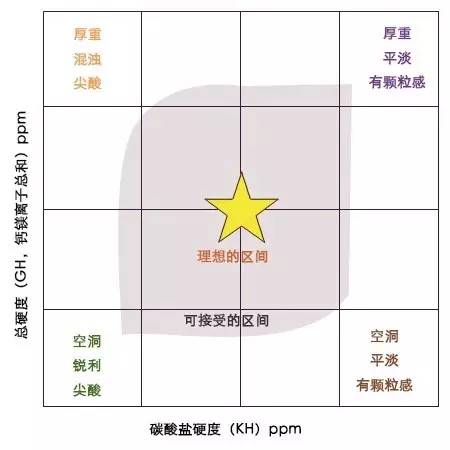
The concept of flavor map proposed by Maxwell and Christopher
Among them, the role of KH is to buffer the acidity of coffee, if the content is too low, it may bring sharp acidity, if too much, it will neutralize the acidity of coffee, resulting in plain acidity, and sometimes even cause precipitation, and have a sense of Chalky. GH is the extraction pointer and the ability to dissolve coffee. The higher the GH, the thicker the taste, and vice versa, the more hollow it is. As shown in the figure, an acceptable range will appear between the four extreme flavors produced by different concentrations of GH and KH, and even an ideal region will be produced in the acceptable range.
Finally, the author puts forward a concept of "Roasting to water". Its theory is that there is no water in the world whose mineral composition is suitable for all coffee brewing, because the ion composition in the water will affect the flavor of coffee, and different regions have different water quality conditions, so the taste will be different. In order to achieve the ideal flavor, the concept of reverse thinking is advocated. Instead of changing the water quality, it is better to modify the extraction by adjusting the baking method. This is a brand-new concept. However, the ideal in my mind is that one day we can control the water quality as we like, and then we can adjust the water with different GH / KH ratios to brew coffee from different producing areas, or even coffee with different roasting degrees. At that time, guests who enter the coffee shop will have more water quality options in addition to the traditional choice, so the combination will make coffee tasting more interesting.
Important Notice :
前街咖啡 FrontStreet Coffee has moved to new addredd:
FrontStreet Coffee Address: 315,Donghua East Road,GuangZhou
Tel:020 38364473
- Prev
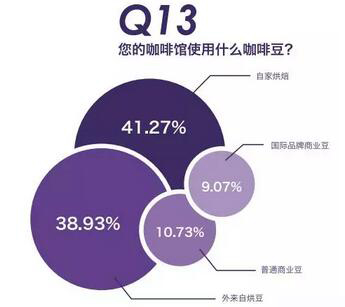
2017 Coffee Survey: the main survey data of coffee shops are made public.
The results of the National Cafe Survey of 2016-2017 Coffee Salon have been released. Whether you are a cafe owner, a barista or a coffee lover, if you want to understand the current situation and future development trend of the coffee industry, don't miss the statistical results. Interesting questions and data may give you a new assessment and business philosophy of the coffee industry. Oh, 2016-2017 National Cafe Survey.
- Next
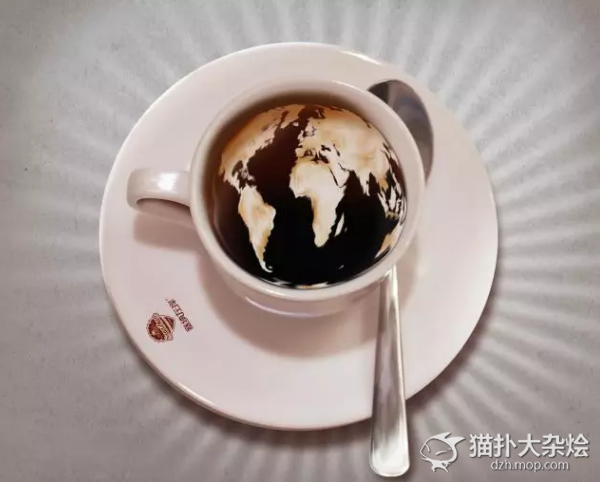
Is coffee a good medicine or a drug in your eyes?
You may not know that sometimes coffee is good medicine, but sometimes it can become a drug? Here, mindful reminders not to treat coffee as a regular drink at most three cups a day, after all, it's not a thing to be high all the time. Don't drink coffee as an ordinary drink. It can refresh you. It can make you look good. It can make you react quickly. Most importantly, just a cup of coffee now.
Related
- What brand of black coffee is the most authentic and delicious? what are the characteristics of the flavor of the authentic Rose Summer Black Coffee?
- Introduction to the principle and characteristics of the correct use of mocha pot A detailed course of mocha pot brewing coffee is described in five steps.
- Which is better, decaf or regular coffee? how is decaf made?
- How much is a bag of four cat coffee?
- How about four Cat Coffee or Nestle Coffee? why is it a cheap scam?
- Which is better, Yunnan four Cats Coffee or Nestle Coffee? How about cat coffee? is it a fake scam? why is it so cheap?
- How about Cat Coffee? what grade is a hoax? which instant coffee tastes better, four Cat Coffee, Nestle Coffee or G7 coffee?
- Process flow chart of coffee making-Starbucks coffee making process what coffee tastes good at Starbucks
- The top ten best coffee beans in the world Rose summer coffee or Tanzanian coffee tastes good
- Yunnan four cat coffee is good to drink?_four cat coffee is a big brand? four cat blue mountain coffee is fake?

